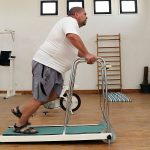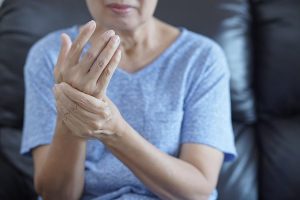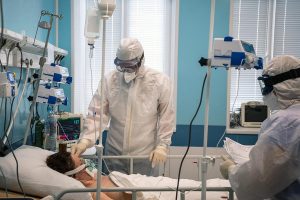
Alcohol contributes to 2.8 million deaths a year worldwide, and there is no safe level of alcohol consumption, researchers say. The new analysis of hundreds of studies conducted between 1990 and 2016 found that one in three people worldwide (2.4 billion people) drink alcohol, and that 6.8 percent of men and 2.2 percent of women die of alcohol-related health problems each year. How the United States fits into those figures is unclear. It was not among the top or bottom 10 for the most or the heaviest drinkers in 2016. Denmark led the list for most drinkers (97 percent of men and 95 percent of women), while Romania (men) and Ukraine (women) had the heaviest drinkers. Worldwide, alcohol use was the seventh-leading risk factor for early death and disability in 2016. It was the top cause for early death and disability among 15- to 49-year-olds, accounting for one in 10 deaths. In this age group, the main causes of alcohol-related deaths were tuberculosis (1.4 percent), road injuries (1.2 percent) and self-harm (1.1 percent), the findings showed. Among people 50 and older, cancer was a leading cause of alcohol-related death, accounting for 27 percent of deaths in women and nearly 19 percent of deaths in men. Any protection alcohol may provide against heart disease is outweighed by the health problems it causes, particularly cancer, according to… read on >





























-300x200.jpg)







-300x169.jpg)
